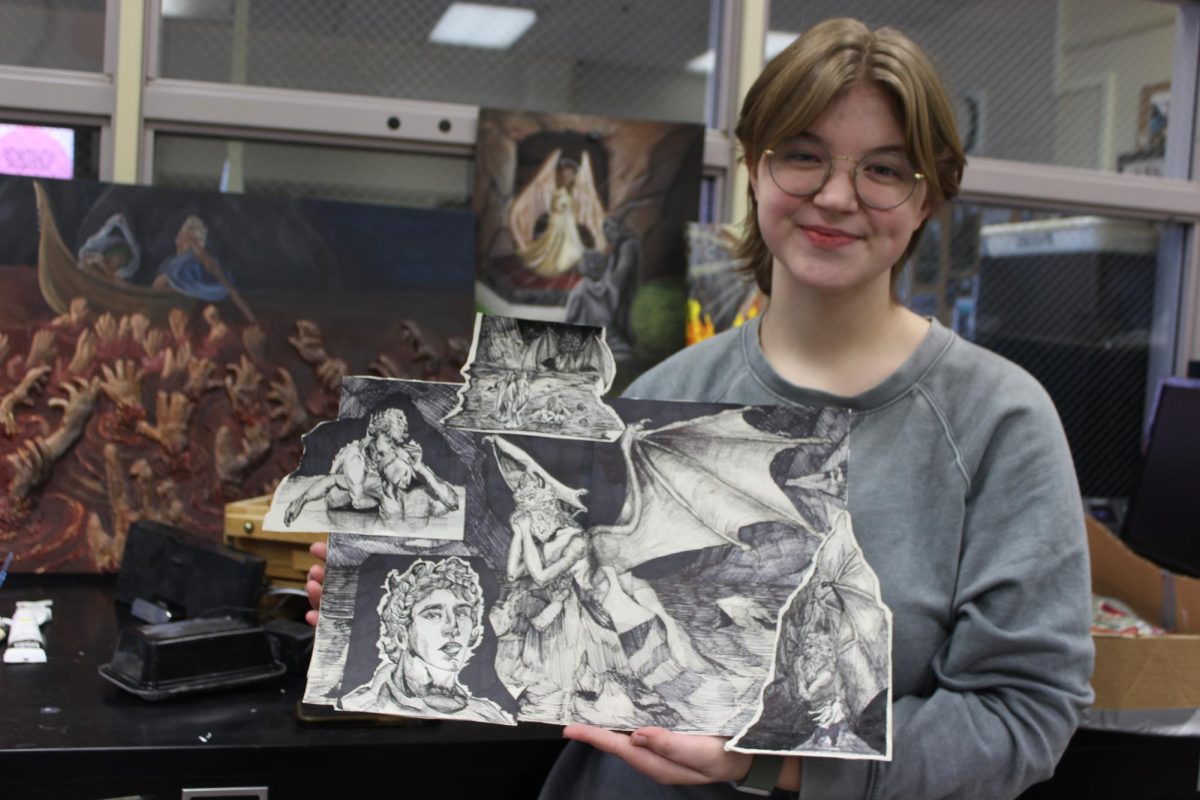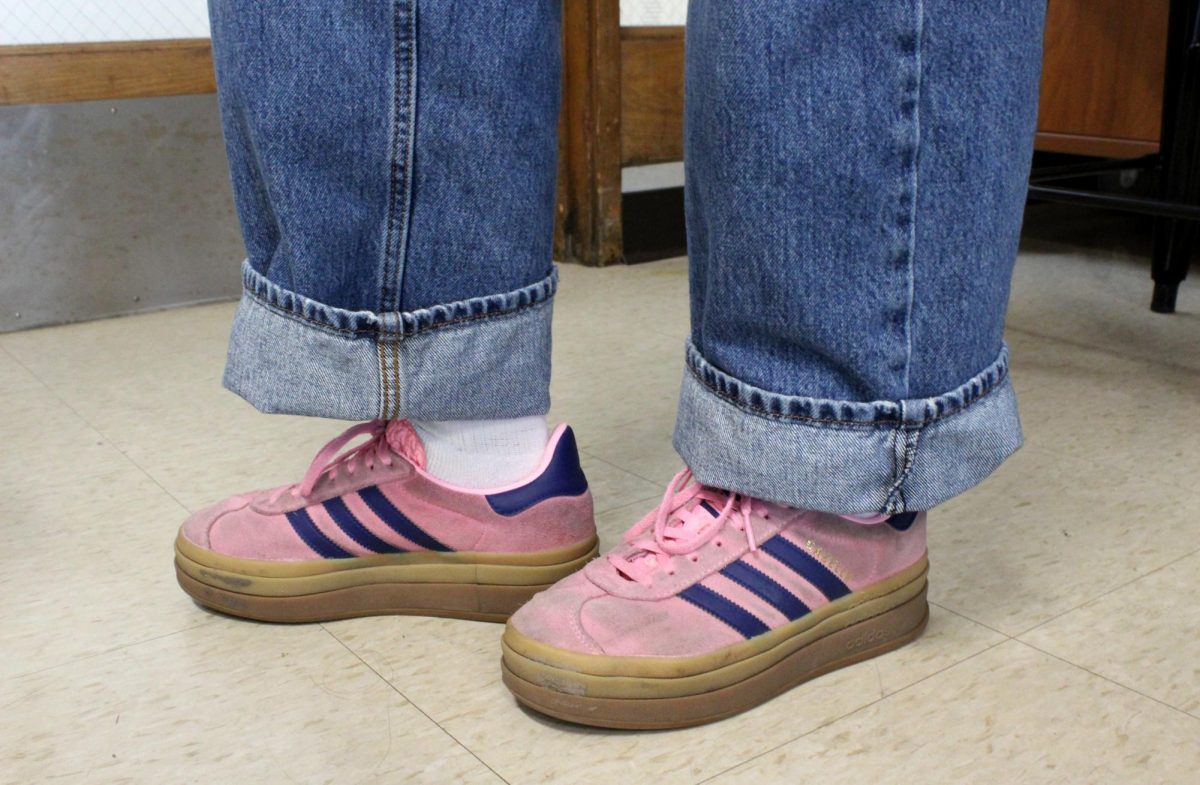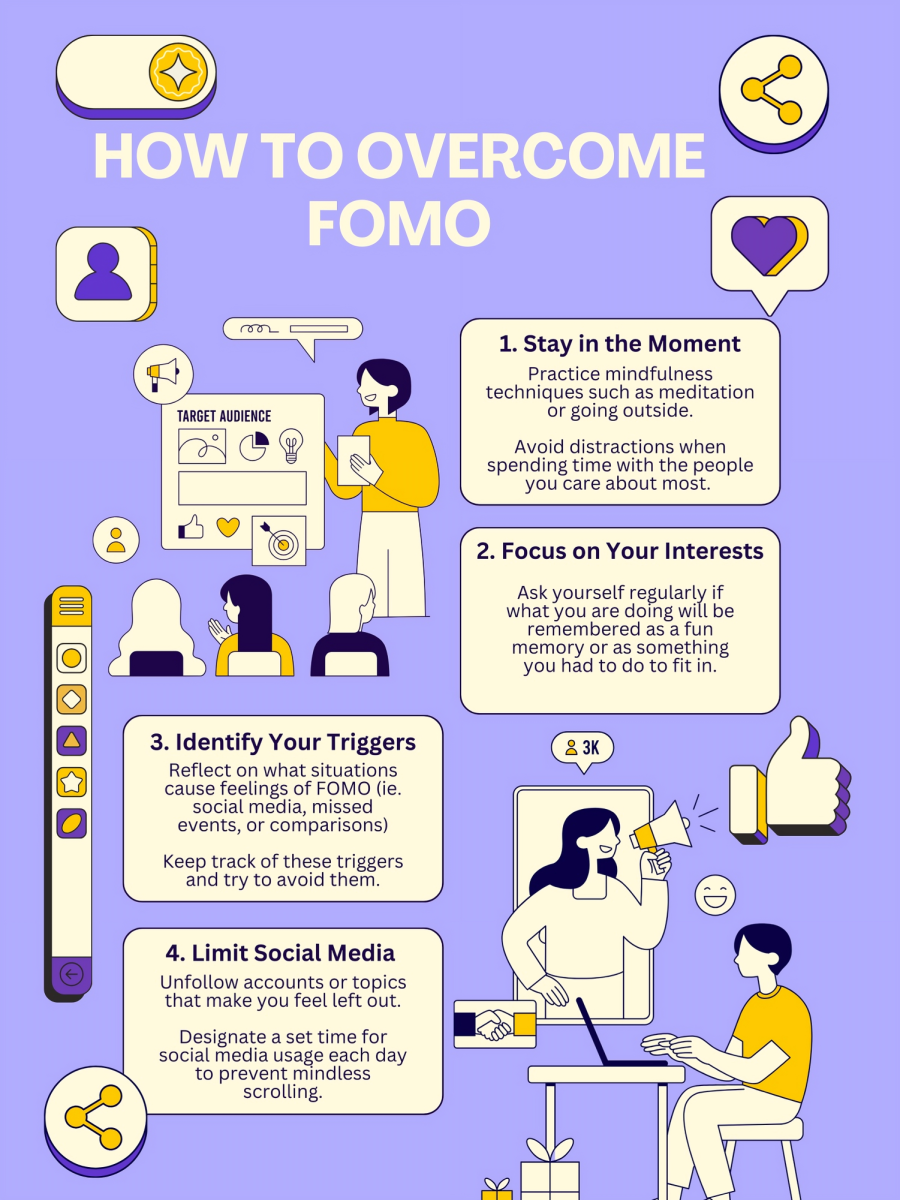On Thursday, Jan, 28, Mattel, an American toy company and creator of the Barbie, introduced its new line of Barbies online. Online sales began Thursday, Feb. 25 and Mattel plans to begin in-store sales on March 1.
The new dolls will come in four different body types: tall, petite, curvy, and the original. The dolls will also have various skin colors, different styles of clothing, 24 hairstyles, and 22 eye colors.
The new feet of the doll will also consist of moveable ankles that will allow the Barbie to wear flat shoes for the first time ever. According to USA Today, by the end of 2016, Mattel will have put out 33 new Barbie dolls on the market.
As stated by Mattel spokeswoman Michelle Chidoni, the new Barbies allow “the product line to be a better reflection of what girls see in the world around them.”
For years, the traditional Mattel Barbie doll has been seen as a perfect stick figure, with blonde hair, light skin, and pointed feet to sport high heels. A 2006 British study experimented on whether or not Barbie dolls impacted the idea of body image on girls ages 5-8. The study concluded that girls from 5-7.5 years old that were exposed to Barbie dolls had a greater desire to be thin and had a lower self-esteem.
Mattel is hoping that these dolls will reverse the narrow standard of beauty that was given through the years of the generic Barbie doll. These new dolls are arriving after years of Mattel being criticized because of its creation of a doll that had an almost-impossible body standard that young girls were desiring to meet.
The project to create a new set of diverse dolls has been going on for quite some time. Last year, Mattel put out about 20 new Barbie dolls that had different shades of skin and hairstyles to begin their Barbie transformation. In 2014, the Lammily Doll was also created to show the “realistic body proportions of a 19-year old woman” and also came with acne, cellulite, and freckle stickers to place on the doll.
So far, Mattel has seen mixed reviews about the new Barbies from young girls across the United States.
According to ATTN: media and news publishing website, some girls have stated that they like how some of the new dolls have beauty marks because it is more relatable to the real world and shows that not even a doll can be perfect all of the time. Others liked how the dolls did not wear as much makeup because they seem more realistic. After surveying one of the new dolls, a 6-year-old girl even said that, “This looks like someone I met today.”
Other young girls have not seen the new Barbie as a positive shift. Eliana Dockterman surveyed girls playing with dolls unattended and wrote a TIME magazine cover story about the results of her experiment called, “Now can we stop talking about my body?”
In her experiment, Dockterman gave a few 5-8 year olds the new Barbies and watched them react to the dolls through a two-way mirror. A young girl playing with one of the curvy dolls called the doll fat and many other girls mocked the dolls’ clothing when adults were not present in the room.
Despite the mixed reactions to the doll, Mattel thinks that their new creation of this Barbie will greatly help to broaden the standard of beauty for young girls in society today.
“We are excited to literally be changing the face of the brand – these new dolls represent a line that is more reflective of the world girls see around them – the variety in body type, skin tones and style allows girls to find a doll that speaks to them,” stated Mattel senior vice president Evelyn Mazzocco.




![Mr. Abullh Ali, manager/assistant, helps open Queen Yemeni Coffee in downtown Libertyville at 606 North Milwaukee Ave. With the help of employees such as manager and LHS senior Yousef Taha, they are able to bring the Yemeni and Ethiopian culture to Libertyville by using their Queen spices, cinnamon and cardamom in their drinks such as Adani Chai, which is inspired by Sheda, the Queen of Yemen and Ethiopia. “The history of our coffee [is] a long history and we believe that Yemen and Ethiopia started the coffee and we are bringing something unique to the community,” Mr. Ali said.](https://www.lhsdoi.com/wp-content/uploads/2025/04/Photo-1-1200x800.jpg)



![Senior River Thompson joins the Jazz Ensemble by singing “That Old Black Magic” by Mercer and Arlen Arr. Mark Taylor, along with senior Annie Brody on guitar and junior Thomas Teixeira on bass, earning big applause. “[The concert had] great energy because it's the last [jazz concert] of the year,” Brody said.](https://www.lhsdoi.com/wp-content/uploads/2025/04/Eight-That-Old-Black-Magic-1200x800.jpg)





